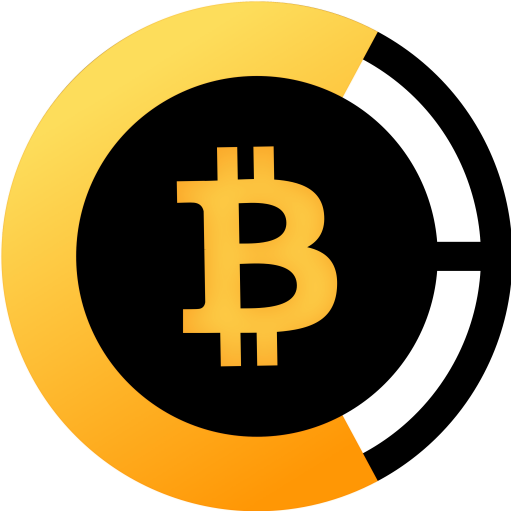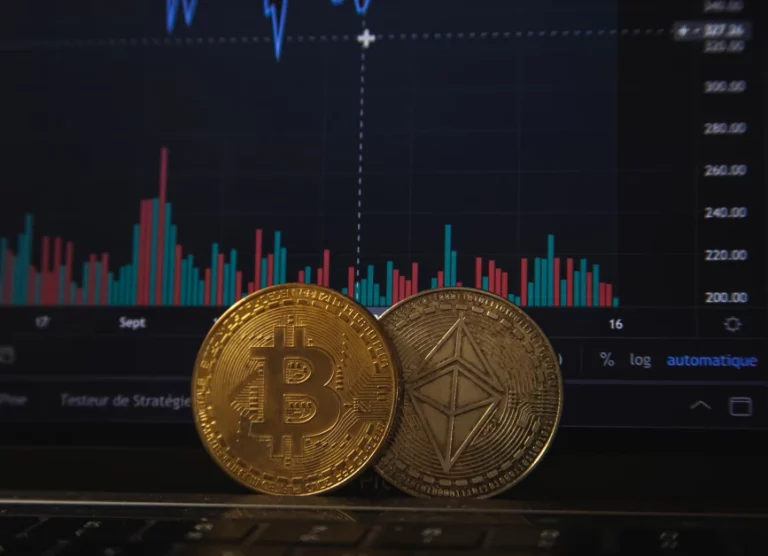Table of Contents
A supply chain comprises a group of organizations that perform transactions, establishing both downstream and upstream flows of materials, services, information, and finances related to the transformation of materials to deliver products. Supply chain management (SCM) embraces the efforts to orchestrate the relations with other parties, focused on maintaining competitiveness regarding costs and service levels (Mentzer et al., 2001), as well as on promoting the synergy between intra- and inter-company efforts (Lambert, Cooper, & Pagh, 1998).
The Potential of Blockchain in Supply Chain Management
In the context of SCM, besides promoting transparency and assuring trust in the information shared, blockchain leads to a multi-organizational and synchronized network that also allows real-time updates (Cole, Stevenson, and Aitken, 2019). Due to these distinctive features, blockchain technology is seen as a promising alternative to offer unique capabilities to leverage the performance of supply chain operations. It refers to an information and communication platform that promotes new processes and governance structures (Schmidt & Wagner, 2019), impacting how transactions and relations between parties occur (Kshetri, 2018). According to Iansiti and Lakhani (2017), it acts as a foundational technology since it proposes a new basis for economic and social systems.
Blockchain’s potential comes from its working logic, which relies on a sequential connection of data that indicates transactions previously performed. Based on an alphanumeric string called hash, all these data blocks are replicated, and information is dispersed to be simultaneously stored in the nodes of different supply chain stakeholders in a distributed infrastructure. These data are also protected by cryptographic procedures. For new block insertion, a consensus mechanism is applied in a peer-to-peer network to obtain validation and update permission without intermediary participation (Nakamoto, 2008).
Besides the hash of its previous block, each block carries a timestamp, and every change requires the entire process, addressing an immutability condition (Tönnissen & Teuteberg, 2020). Due to this tamper-proof scheme, information cannot be modified, thus raw data integrity is assured, and anticounterfeiting initiatives are supported (Thakker, Patel, Tanwar, Kumar, & Song, 2020). Moreover, an agreement can be automatically determined by setting up a smart contract that triggers transactions only if conditions in an algorithm are matched (Christidis & Devetsikiotis, 2016). According to its design, a smart contract can also encompass control capabilities regarding automated information feedback and disruption detection (Dolgui et al., 2020).
Advantages of Blockchain in Supply Chain Management
In the supply chain management context, these characteristics offer outstanding possibilities to allow information sharing and real-time synchronization since blockchain can be used to solve database and messaging problems (Kshetri, 2018). In a well-defined configuration, off-chain repositories and on-chain records can interoperate to complement traditional databases. By doing so, relevant data are shared with the interested parties (Chang et al., 2019, Lambourdiere and Corbin, 2020), avoiding the formation of ‘data silos’ (Nandi, Nandi, Moya, & Kaynak, 2020) and storage problems of ‘data explosion’ (Lin, Wang, Pei, & Wang, 2019).
Blockchain is highlighted as a solution to achieve traceability and end-to-end transparency in supply chain processes, overcoming one-step-back and one-step-forward practices based on the availability of reliable and timely information (Cole et al., 2019; Astill et al., 2019). Information transmitted can support dynamic monitoring of cargo movements, recall interventions (Kshetri, 2017), and product provenance in an auditable and permanent system. Suppliers’ reputation can be evaluated based on blockchain registers (Li et al., 2020, Sun et al., 2021), and the combined application of blockchain with smart technologies such as the Internet of Things, big data, and cloud computing provides a secure, dynamic, responsive, and knowledge-based approach, collaborating with manufacturing, logistics, and even product recovery practices (Tozanlı, Kongar, & Gupta, 2020).
In addition, short-term buyer-supplier interactions are taken in a virtual environment classified as a ‘network of trust’ (Cole et al., 2019), built upon a single version of the truth that is gradually constructed by the interaction between possible unknown parties (Wong, Leong, Hew, Tan, & Ooi, 2020), thus changing trust paradigms in supply chain management. A blockchain also supports the integration of heterogeneous traceability data recorded by the multiple involved parties (Casino et al., 2020).
Research Questions
Regarding access for participation, a blockchain is classified as ‘public’ or ‘private’, while the terms ‘permissionless’ and ‘permissioned’ refer to the actions each participant can execute (Chang, Iakovou, & Shi, 2019). Moreover, a hybrid combination is classified as a consortium blockchain (Juma, Shaalan, & Kamel, 2019).
Due to the potential to improve SCM, an ever-growing number of primary and even secondary research papers focused on blockchain has been released, extending the range beyond cryptocurrencies and smart contracts for financial transactions. The approaches have gradually been evolving from theory building to practical application attempts (Zhao et al., 2019). As a result, a large number of papers have been published in the scientific literature in recent years, which may be a barrier for those desiring to understand what has been done so far. Thus, this paper aims to depict the current state of the art of blockchain in supply chain management and identify the main gaps to be explored in order to advance knowledge in this interplay. The research questions defined for this study are the following:
Research Question 1: Main Topics Approached in Reviews
- What are the main supply chain topics approached in reviews about blockchain in supply chain management?
Research Question 2: Blockchain Features Studied in Reviews
- What are the blockchain features studied in reviews about blockchain in supply chain management?
Research Question 3: Directions for Future Research
- Which directions for future research have been reported in reviews about blockchain in supply chain management?
Methodology
We perform a review of reviews, which is based on evidence from literature reviews. Alternative terminologies for this approach include an overview of reviews, umbrella review, meta-review, synthesis of reviews, and summary of reviews (Hunt, Pollock, Campbell, Estcourt, & Brunton, 2018). This type of literature review provides a ‘compact and comprehensive overview of the state of knowledge in a specific research area’ (Abedinnia, Glock, Grosse, & Schneider, 2017), and represents a useful alternative to deal with themes facing large publication rates, such as noticed about blockchain in supply chain management. We found reviews of reviews related to supply chain management (Carter and Washispack, 2018, Centobelli et al., 2021, Cormack et al., 2021, Martins and Pato, 2019, Seuring and Gold, 2012), but none of them emphasized technological aspects, particularly the blockchain.
Descriptive Analysis of the Sample
This paper is structured as follows. Section 2 describes the method employed, including planning, conducting, and reporting steps. Section 3 exhibits a descriptive analysis of the sample. Section 4 contains the findings obtained through a content analysis considering supply chain topics and blockchain features. Section 5 comprises a synthesis of research directions indicated for primary works. Section 6 gives the discussion concerning the findings. Section 7 provides a research agenda with topics recommended for future literature reviews. Finally, Section 8 presents the conclusions and limitations of this study.




